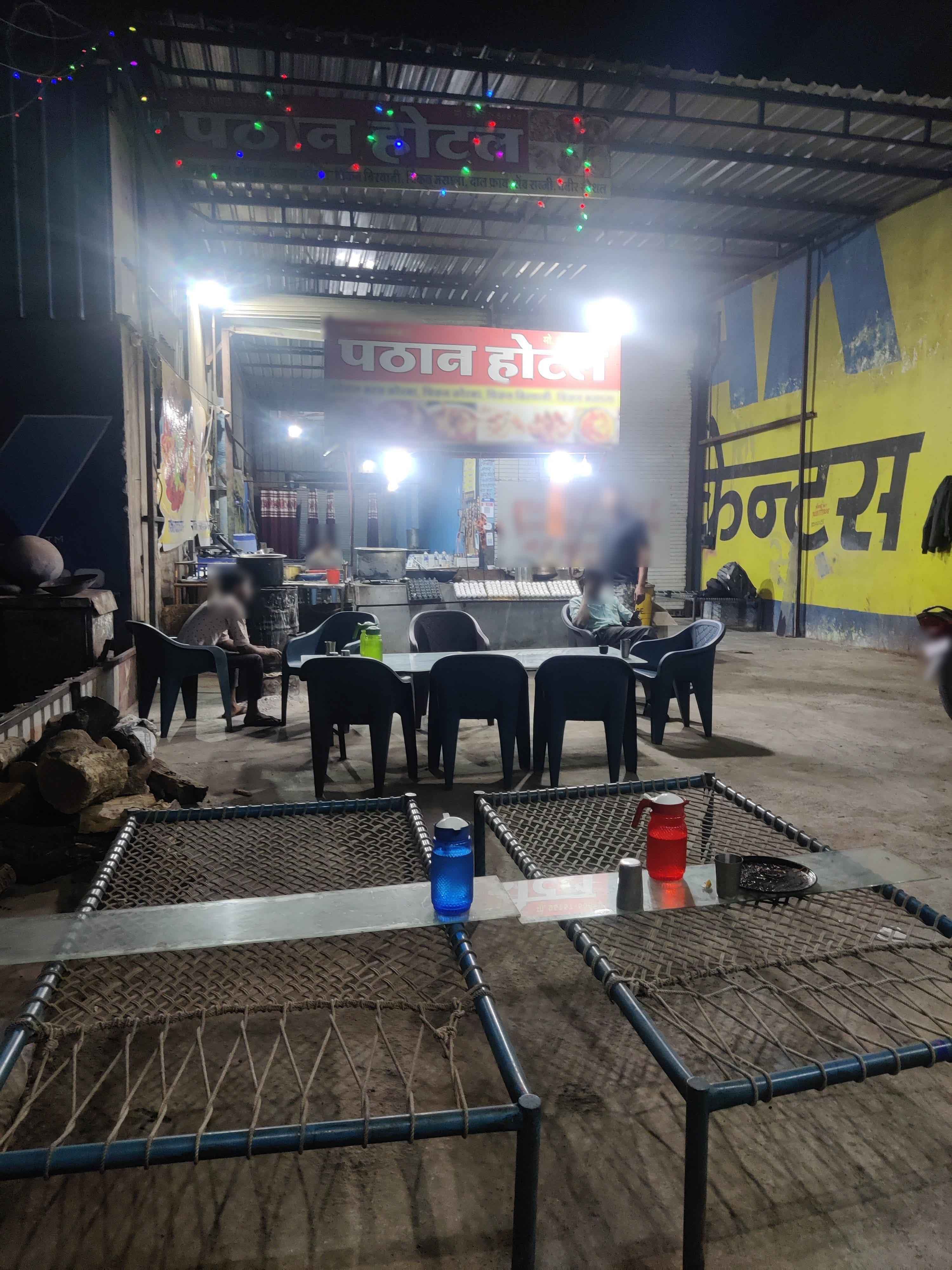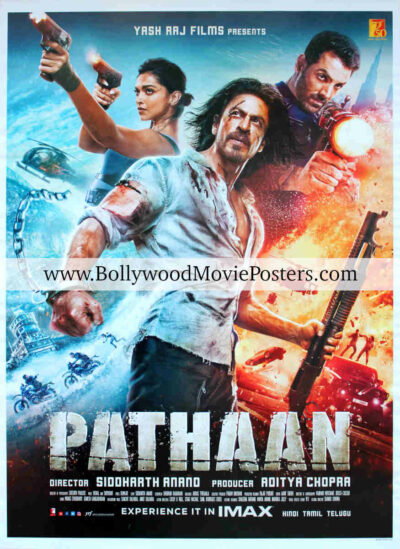Is the Indian film industry truly embracing diversity in its storytelling? The release of Badass Ravikumar, featuring Himesh Reshammiya, has sparked a conversation about the evolving landscape of Bollywood and regional cinema. This film, which brings together elements from both northern and southern Indian films, offers a fascinating glimpse into how filmmakers are attempting to bridge cultural gaps within the industry. A bold statement can be made here: if executed well, such cross-cultural projects could redefine the way stories are told on the big screen.
The recent success of South Indian films like Pushpa: The Rise demonstrates that audiences are increasingly receptive to content that resonates beyond linguistic boundaries. In fact, the Hindi version of Pushpa: The Rise became one of the most-watched films on Amazon MX Player, attracting viewers who appreciated its blend of action, crime, and drama. Similarly, Pathan, starring Shahrukh Khan, managed to capture the imagination of fans by combining Hollywood-style production values with quintessential Bollywood charm. These examples highlight an emerging trend where directors and producers are no longer constrained by traditional categorizations but instead focus on creating universal narratives.
| Bio Data | Details |
|---|---|
| Name | Himesh Reshammiya |
| Date of Birth | January 24, 1975 |
| Place of Birth | Ahmedabad, Gujarat, India |
| Career | Singer, Composer, Actor, Producer |
| Professional Information | Known for his work as a music director and playback singer in Hindi films; debuted as an actor with Aap Ka Surroor (2007) |
| Reference Website | IMDb Profile |
While Badass Ravikumar aims to capitalize on this growing appetite for diverse cinematic experiences, it remains to be seen whether it will achieve similar levels of acclaim. One factor working in its favor is the presence of Himesh Reshammiya, whose versatility as a musician and performer has earned him a loyal fan base over the years. His ability to seamlessly transition between different genres makes him an ideal candidate for leading roles in films that seek to appeal across regions.
Another noteworthy aspect of contemporary Indian cinema is the increasing number of dubbing opportunities available for actors. Movies originally produced in languages such as Tamil or Telugu often find new life when translated into other tongues, including Hindi and Kannada. For instance, many Hollywood blockbusters have been successfully adapted into local dialects, allowing them to reach wider demographics within the country. Such practices not only enhance accessibility but also promote cultural exchange among communities.
In addition to individual efforts, platforms like JioHotstar play a crucial role in democratizing access to entertainment content. By offering thousands of hours worth of programming across multiple languages, these services cater to varied tastes while simultaneously fostering unity through shared viewing experiences. Moreover, they provide aspiring talents with unprecedented exposure, enabling them to showcase their skills without geographical limitations.
Among the plethora of releases vying for attention, Vijay's GOAT stands out as an ambitious attempt at crafting something entirely unique. Directed by Venkat Prabhu, known for his quirky style, the movie attempts to combine elements from various genres into what promises to be an unconventional narrative. Although initial reactions were mixed, critics agree that its audacity deserves recognition. As more filmmakers take risks with their storytelling approaches, we may witness further innovation within the industry.
Looking ahead, the future appears bright for those willing to experiment and push boundaries. With streaming giants investing heavily in original content and independent voices finding greater acceptance, there seems to be ample room for growth. However, sustaining momentum requires continuous effort from all stakeholders involved – from writers penning compelling scripts to technicians ensuring high-quality execution. Only then can Indian cinema continue to thrive amidst global competition.
As evidenced by the aforementioned instances, collaboration between disparate entities holds immense potential. Whether it involves blending musical traditions, borrowing stylistic cues from international counterparts, or simply respecting regional nuances, every contribution adds value to the overall product. Ultimately, it is this spirit of inclusivity that defines modern-day filmmaking in India today.
For now, audiences eagerly await the next wave of groundbreaking projects that promise to challenge conventions and inspire change. While some may falter along the way, others will undoubtedly rise above expectations, leaving lasting impressions on generations to come. And so, the cycle continues, fueled by passion, creativity, and relentless pursuit of excellence.


.jpg)
.gif)
